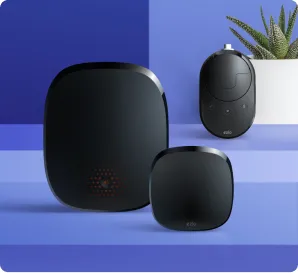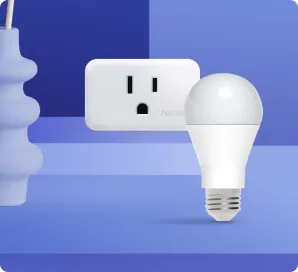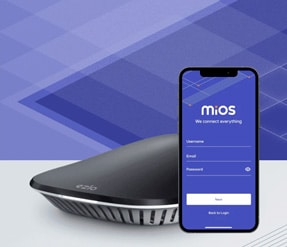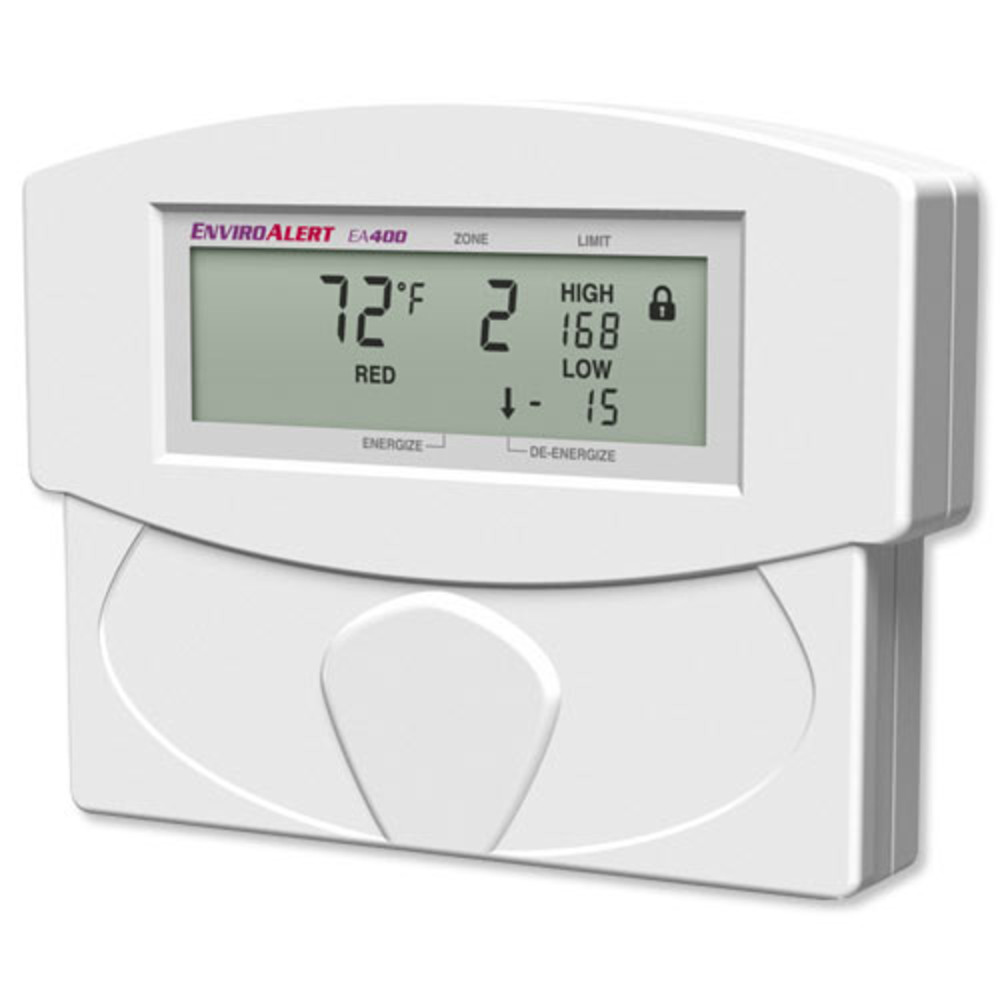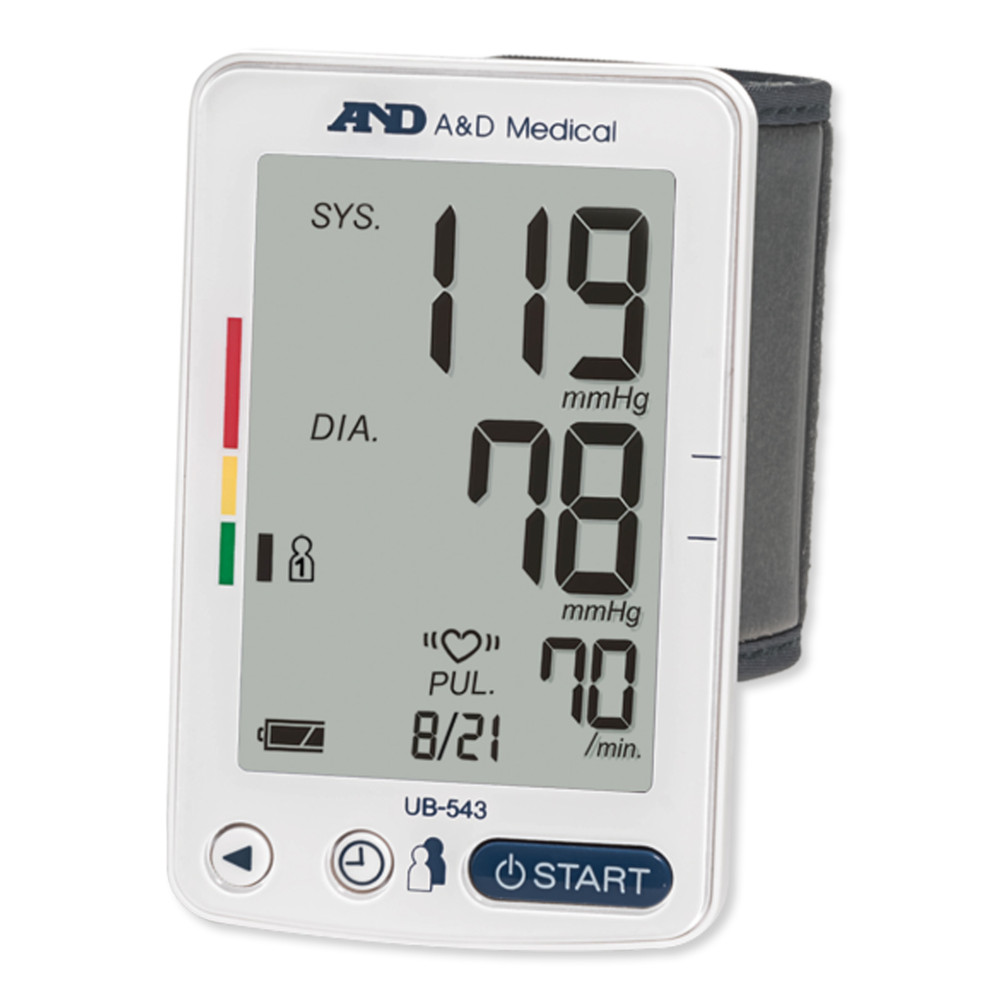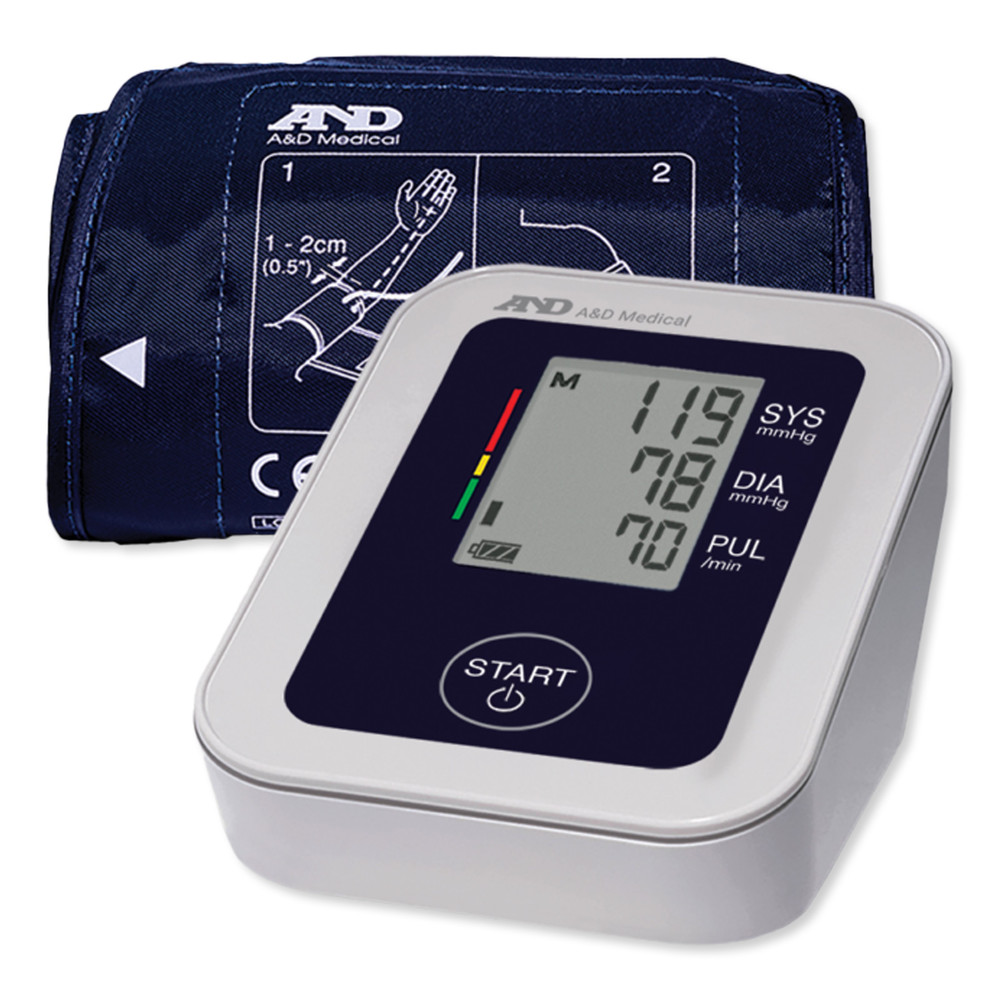The Importance of a home temperature monitor system
The temperature profoundly affects humanity and the environment, affecting different properties and products. However, it would be best to have the right temperature to live comfortably, hence regulating it constantly. Continue reading to learn more about owning a home temperature monitor.
What is a temperature monitor?
A temperature monitor is an electronic device used to measure the temperature of its surroundings or environment and changes the input data into electronic data to monitor temperature changes.
Why should you install home temperature monitors systems in your home?
Here are some reasons you should install a home temperature monitor system in your home.
1. Temperature monitors helps you save money
The first benefit of having a temperature monitor is that it helps you save money; every degree you veer down is cost-effective. The reason is when your house is filled with too much heat, your food will spoil, leading to wastage of food and money. It is also important to note even cold room temperatures can lead to respiratory diseases and dampness. Hence, the key is to find the most comfortable room temperature.
2. The temperature monitors enable you to have a restful sleep
Having a good sleep is the most significant benefit of having temperature monitors in your home. Bedrooms’ temperatures should be below 20 degrees, To help you sleep comfortably. High bedroom temperatures lead to unease because the high temperatures interfere with the body’s natural temperature adjustments. Always ensure you have low temperatures to prepare your body for sleep.
3. It enables you to live a favorable life
Installing a home temperature monitor system allows you to be comfortable in your home, and also, having the right temperature improves your health and wellbeing. Set the room temperature to what you are most comfortable with.
4. It helps you take care of your pet
Last but not least, the temperature monitor helps take care of pets like snakes, fish, and lizards who require unique heat demands.
5. The temperature monitor takes care of your home
You can retain your sanity when away from home because you can control the temperature using your phone.
The significant parts of a home temperature monitor system
When buying a temperature monitor system, you need to know the six fundamental aspects of the temperature monitor system. Continue reading to learn more.
1. A temperature probe/sensor
The first important feature is the temperature probe. The temperature probe will work on the measurement precision and the temperature measurement range. The sensor types include;
- Thermistor
- RTD
- thermocouple
2. Thermal buffer
The other part of learning is a thermal buffer. A thermal buffer helps ease the rapid temperature fluctuations at the sensor due to the cycling compressor, opening the door, and loading products. The thermal buffers come in the shape of a nylon block bottle filled with glass beads and ethyl glycol.
3. The Data storage
Data storage, ensure that your temperature monitor has enough storage space to store the data collected for future reference. The storage space could be internal,cloud-based, or a local pc.
4. Temperature measurement device
Last and not least is the temperature measurement device; this device connects to the probe to measure and record the temperature. Different temperature measurement devices, such as
- a networked measurement(wifi)- may have internal memory.
- Standalone monitoring device which has an internal memory to store data
- The wireless measurement device may have or not have a local memory.
5. The software
The fifth part of the temperature monitor system is the software. The system will require software to operate thoroughly. The software functions needed include; data retrieval, reporting, alarm management, configuration, and charting.
6. Should contain an alarm
the temperature monitor system should have an alarm, and the alarm is needed to notify you when the temperature rises or decreases. The alarm notification methods include; audible alarm, email message, text message, visual indicator, and a phone call.
Features of a good home temperature monitor?
1. It should be user friendly
The first feature of a suitable temperature monitor system is that it should be user-friendly, making it easy to understand and use. The temperature monitor should be easy to troubleshoot and set up.
2. It should have a long battery life
Good temperature monitors should contain a long battery life because they monitor and store data 24/7.
Conclusion
The home temperature monitor has a lot of benefits, as you have seen. Ensure you have read and understood the above features to help you choose the right monitor for you.

